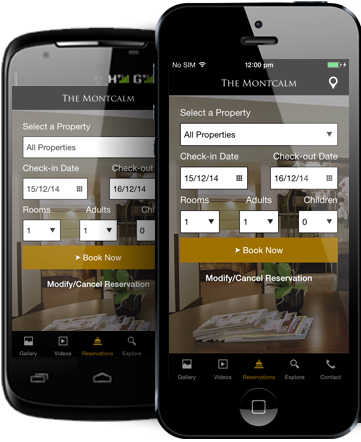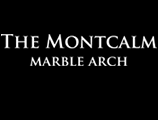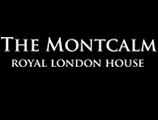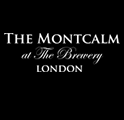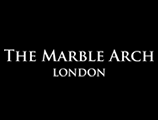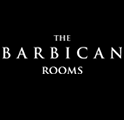London is a pretty extraordinary place.
It’s a city of incredible history, world class architecture, top tier museums and a seemingly endless list of attractions.
It should come as no surprise that London is one of the greatest cities on earth, as it comes with 2,000 years of history, is home to almost 9 million people and covers an area 15 times the size of Paris.
If you’re reading all this and feeling positively daunted by the prospect of having to explore this gigantic behemoth of a city; don’t worry.
London is also home to one of the best and most comprehensive public transport networks in the world- so the city has your back!
It’s an incredible network supported by buses, taxis, overground trains, railways, trams, water taxis, bicycles and of course, the simply iconic London Underground.
Known as ‘the tube’ by locals, the underground is an absolute staple of the city. It covers a huge area and is essentially the key to being able to tick off all the sights on your list.
You’ll probably spend a fair amount of time using the underground during your stay in the Marble Arch by Mont calm Hotel, one of the best hotels near Marble Arch in the city centre.
It’s perfectly located near several of the city’s largest stations and currently has some incredible London hotels special offers for you to take advantage of; so, get prepared for your trip and book one of the best hotel rooms in London for the perfect stay in the capital.
Now let’s take a look at some of the most interesting facts about London’s world-famous underground passenger rail network.
World’s First
After opening in 1863 with one line that served 6 stations, the London Underground was the first underground passenger railway system in the world.
I Can See for Miles and Miles
The full length of the Tube network is an incredible 250 miles long, or a little over 400 kilometres.
To put that into context, the Lake District in northern England, is approximately a 280-mile drive from London- so the underground could almost run the entire length of the country!
Tubular
The nickname ‘The Tube’ comes from the tubular shape of the tunnels that the trains run through- although not all of them are circular in shape.
Electric Connections
The man who designed the iconic London underground map, Harry Beck, actually based his design on an electrical circuit diagram.
It seemed like a crazy idea at the time, but when you see the sheer scale of the network, presenting in this way worked out pretty well.
The Need for Speed
The average speed of the trains is around 20 miles an hour, but this includes the stops.
On the metropolitan line trains can actually reach over 60mph!
Destination Station
The shortest distance between two stations is only 260 metres! You could probably walk it faster…
The longest distance is 6.3 kilometres, which the train covers in a matter of minutes- it would probably take you a while to walk this one!
Mediaeval Design
The Central line is famous for its twists and turns, and this is actually due to the fact that it follows a similar route to London’s mediaeval streets in order to reach the most important stations.
North vs. South
The north side of the city, above the river Thames actually contains over 90% of the underground’s network.
The Southern parts contain 10% of the tracks but it is still an incredibly accessible area thanks to careful planning.
Private Rail
Right up until the 1930s the London Underground was funded entirely by private companies.
Station Master
Despite starting with just 6 stations, the London underground now services 272!
That’s a lot of coverage.
An Epping Long Way
The longest possible journey you can make on one train is 34 miles!
Starting at West Ruislip Station you can ride all the way to Epping!
Bustling Waterloo
During the three-hour peak travel period in the mornings on weekdays, Waterloo is the country’s busiest station with a staggering 57,000 entering the station every day.
Around the World
Every single week, the many hundreds of escalators that make the stations so accessible travel the equivalent distance of two laps around the entire earth!
Connection Queen
Despite the many lines that interconnect in stations throughout the city, the Jubilee Line is the only one that connects with every single other line!
Piccadilly Museum
During the height of the 2nd World War, as London was under great threat from attacks, the Piccadilly line was used to store many of the precious treasures from the British Museum.
Underground, Overground
Despite its name, and the fact that a large portion of the network in the city centre is underground, around 60% of the entire network is above ground.
And yet we still have the London Overground which is a completely separate service.
Ghost Stations
There are actually 49 more stations that are part of the network- although they are known as ‘ghost stations’ as they are abandoned or unused.
Inspiration for Others
The Iconic underground logo is one of the oldest corporate brands of the modern era. It has inspired many designs all over the world, and featured in movies, on album covers and appears on TV in pretty much every country on the planet.
A Dark Secret
Rather disturbingly, the seemingly unassuming Aldgate Station was built over a large ‘plague pit’ containing the bodies of over 1,000 Londoners.
Penalties
Despite having a strict ticketing system from the very beginning, the Underground actually only introduced penalty fares in 1994!
The London Underground
So there you have it, some of the most incredible facts about one of the world’s most iconic public transport networks.
It truly is the key to the city and will allow you to see way more than you ever thought possible.
Make the most of your time in the city, and utilise the awesome power of the Tube; after a day of exploration, you’ll be able to enjoy some of the very best restaurants near the Arch, before returning to your stunning room in the Mont calm Marble Arch Hotel.






